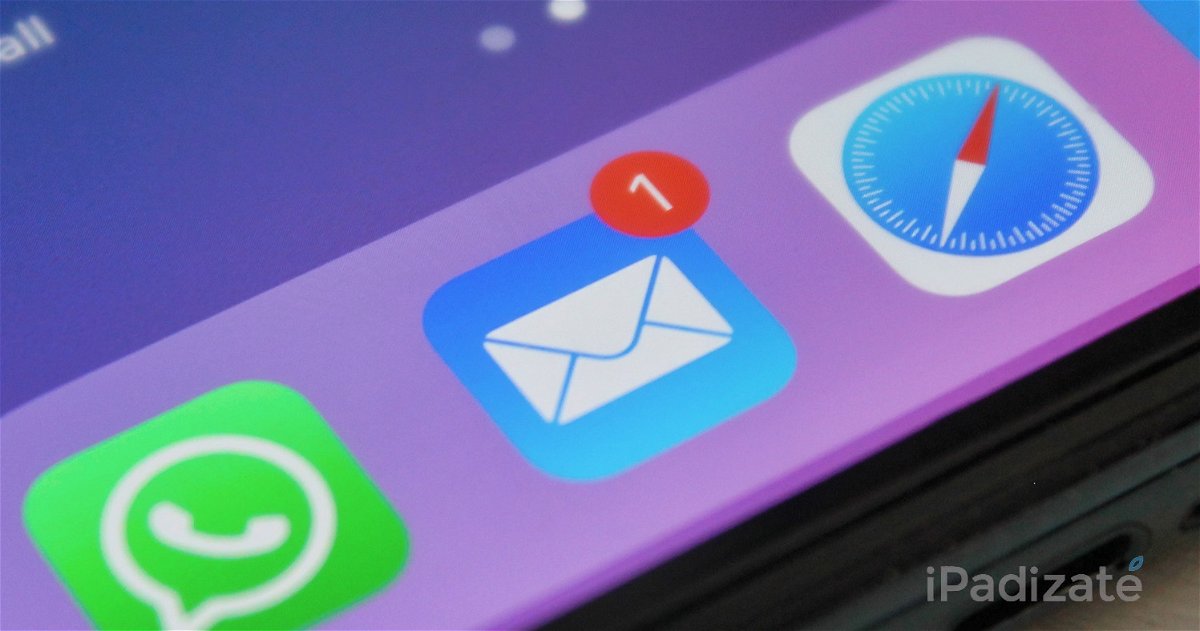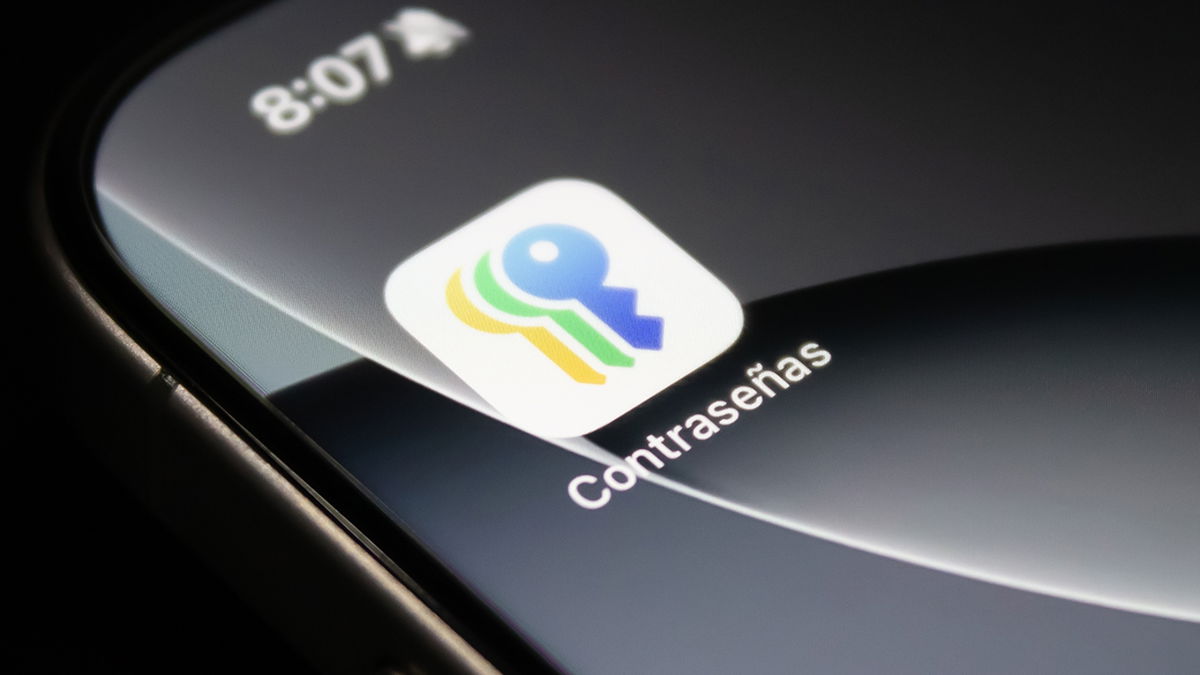To share
If you don’t know how to schedule an email on your iPhone, here’s how you can easily do it from the iOS Mail app.
One of the most useful features when it comes to sending an email is the option to schedule sending. This allows us write a message today and have it sent in a few hours even days. If you are one of those who use email as an essential work tool, these types of functions are essential and we are going to tell you how you can do it from your iPhone.
With third-party apps, this functionality has been available for a long time, including the ability to send emails with an expiration date. But this function has finally reached the Mail app that we all have available on iOS and on iPhone.

The iPhone Mail application is one of the most used and allows you to schedule your emails
Schedule an email on your iPhone from the Mail app
The iPhone messaging app has improved and in one of its latest updates it added the option to schedule emails. This is a feature available from iOS 16 on iPhone, and also from iPadOS 16 on iPad. The steps you need to follow to do this are:
- Enter the app messaging of you iPhone.
- Write a New email as you normally would.
- After writing your email, hold the send button the blue arrow in the upper area.
- You can now choose to send now, send at one of two preset times (which will change throughout the day), or choose send later to choose a custom time.
- A calendar will open and we can choose day and time who to send the email to.
- Click above OKAY to program the sending of the message.

Scheduling an email is now possible from the iOS Mail app
Now if you go to Mail main screen, inside mailboxes you will see a new section called Send Later. By entering it, you will be able to see all the emails you have scheduled. To be able to modify or delete them in a simple way.
Apple notes that you will need keep your “device online to ensure email delivery” during the scheduled time. That is, if at that time you are not going to have an internet connection, your iPhone will not send the email because it has no connection.
A function that It’s been a while but we finally have it available in the iPhone Mail app. We can also do it from any of the email accounts that we have configured in the application.
Related Topics: tutorials
To share
Follow iPadízate to discover all the news from the Apple world









